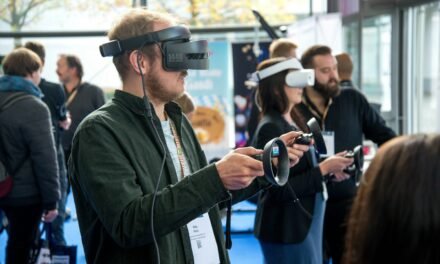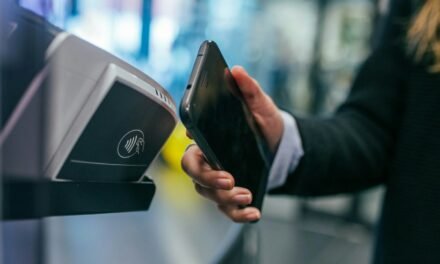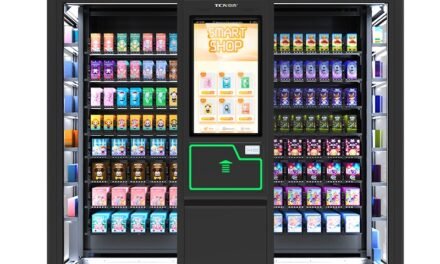Imagine a student exploring the pyramids of Egypt from their classroom, dissecting a virtual frog, or collaborating on a 3D model of the solar system. This isn’t science fiction; it’s the power of Extended Reality (XR), a transformative technology that’s reshaping the way we learn. XR, encompassing Augmented Reality (AR), Virtual Reality (VR), and Mixed Reality (MR), is no longer just for gaming; it’s becoming a powerful tool for educators to create immersive, interactive, and engaging learning experiences.
Uses of XR in Education
Here are some of the ways in which XR (AR, VR, and MR) could be used in education:
- AR: Overlays digital information onto the real world. Imagine students viewing 3D historical figures interacting with a textbook or seeing the internal workings of a machine come to life when viewed through a tablet or smartphone.
- VR: Transports learners to entirely virtual environments. Students can explore the depths of the ocean, travel back in time to witness historical events, or even walk through the human body.
- MR: Blends physical and virtual worlds. Students can manipulate virtual objects in a real-world setting, like building virtual structures on a physical table or practicing a surgery on a holographic patient.

Benefits of XR in Education
From kindergarten to higher education, the benefits of integrating XR into educational practices are increasingly evident, paving the way for a more engaging, inclusive, and effective learning environment.
- Enhanced Engagement: XR lessons are inherently more engaging than traditional methods. Multisensory experiences stimulate curiosity and motivate students to actively participate in the learning process. This interactive learning boosts engagement and fuels a deeper understanding.
- Improved Knowledge Retention: Learning by doing is a powerful tool. XR allows students to interact with concepts in a way that textbooks and lectures simply cannot. This leads to deeper understanding and better knowledge retention. Studies suggest that learners retain up to 90% of information they experience, compared to just 20% from reading [source: Verizon Business].
- Accessibility and Equity: XR can bridge geographic limitations. Students in remote locations can have access to experiences that were previously impossible, creating a more equitable learning environment. Additionally, XR tools can be adapted to cater to students with disabilities, promoting a more inclusive learning environment.
- Real-World Application: XR allows students to apply abstract concepts to real-world scenarios. They can practice skills in a safe, virtual environment before tackling them in the real world.
- Development of 21st-Century Skills: XR fosters collaboration, critical thinking, and problem-solving skills, all essential for success in the digital age.
Challenges of XR in Education
The implementation of XR comes with a unique set of challenges and considerations. Before diving headfirst into virtual worlds, educators and institutions need to carefully navigate these potential roadblocks.
- Cost: XR technology can be expensive, and schools may need to invest in headsets, software, and training for teachers.
- Content Availability: High-quality educational XR content is still under development, but it’s a rapidly growing field.
- Potential for Distractions: Like any technology, XR can be distracting if not used effectively. Teachers need to be trained to create focused and engaging learning experiences.
While there are challenges to consider, the potential of XR in education is undeniable. The possibilities of XR in education extend beyond the classroom walls. Field trips can become virtual journeys to remote locations, and guest speakers can beam in from across the globe through holographic projections. XR can break down geographical barriers and create a more interconnected learning experience.
Conclusion
XR is not a replacement for traditional education methods, but rather a powerful tool that can enhance learning and empower educators to create truly transformative experiences for their students.





